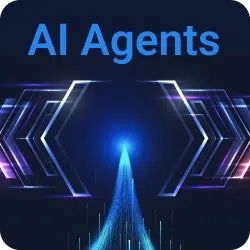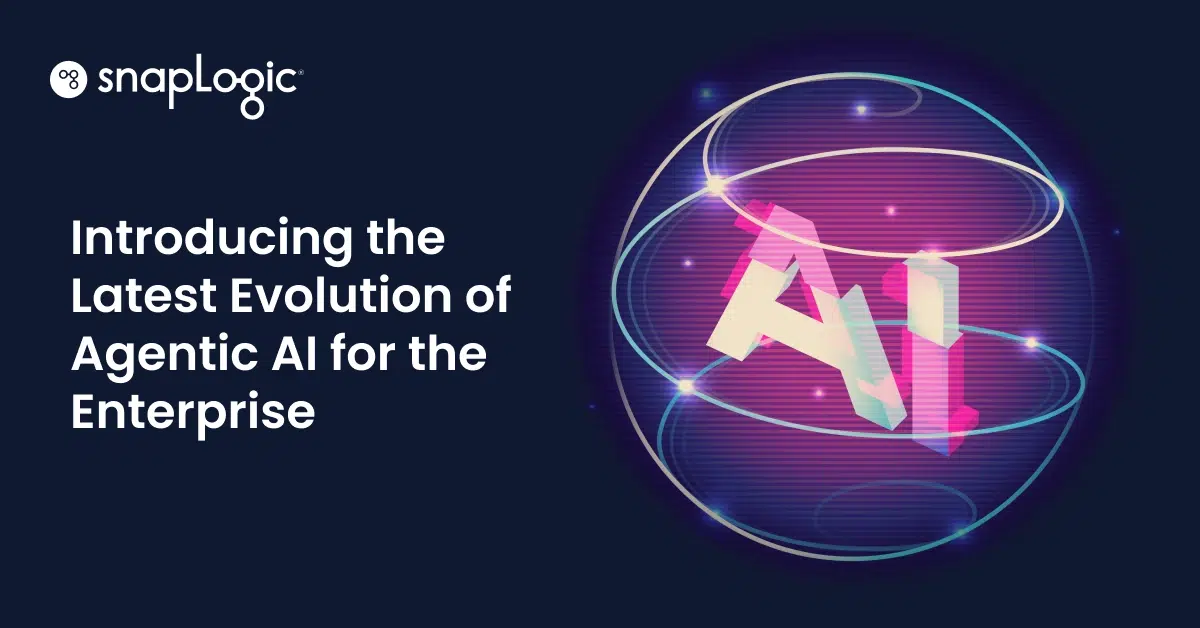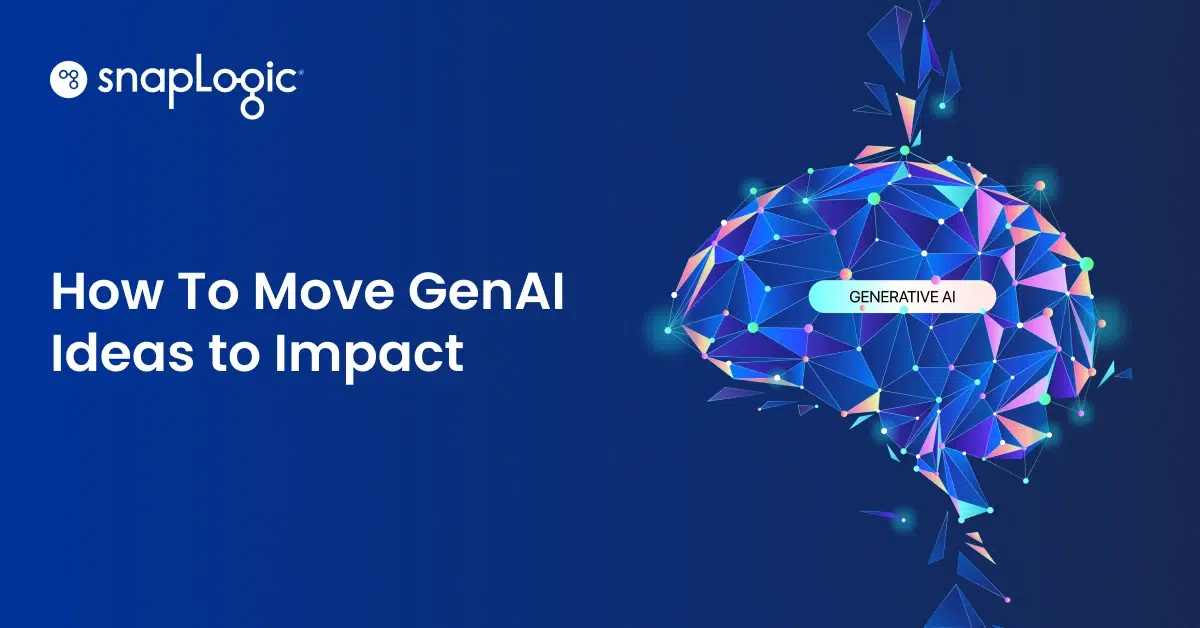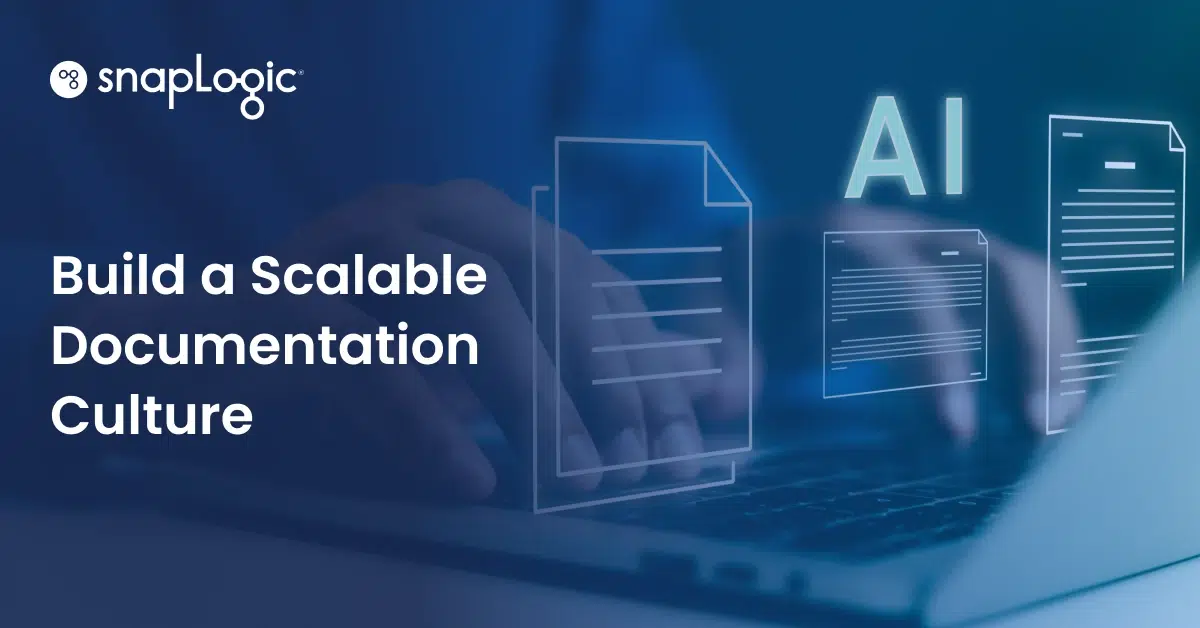The AI market is progressing extremely rapidly. According to a recent research report commissioned by SnapLogic, 50% of IT decision makers report their organization is already using AI agents, with a further 32% planning to implement AI agents in the coming years. A strong majority of respondents are also confident in the potential of AI agents, with 92% believing that deploying these technologies will lead to meaningful business outcomes within the next 12-18 months.
However, it can be hard to know how to achieve that promise. That same survey identified a wide variety of factors delaying or preventing implementation of AI technology, from concerns over data security, to the lack of required skills among employees, to the difficulty of integrating legacy technologies.
The unfortunate result is that too many promising AI projects stall out as interesting demos or proof-of-concept exercises, and never achieve the scale of deployment and adoption that is required to deliver those expected benefits.
Introducing AgentCreator 3.0
SnapLogic has been at the forefront of this wave of interest in AI, building on two key capabilities: our mature and proven integration platform, and our long-standing expertise with AI and machine-learning technologies. This combination has already been key to two dozen production deployments of our AI technology around the world, and we are now developing those capabilities further to help even more organizations achieve their own AI goals.
Today, we are excited to introduce AgentCreator 3.0, the latest evolution in AI-driven automation and no-code agent creation. With this groundbreaking product innovation, we have built on that real-world experience, adding new AI-specific features to help our users develop, deploy, and manage AI-powered services even faster and better than before.
Prompt Composer
The first feature that AI developers will encounter when developing AI-enabled workflows with SnapLogic is the new Prompt Composer. SnapLogic already has the ability to leverage a wide variety of proprietary and open Large Language Models (LLMs)—including AWS Bedrock, OpenAI, Google Gemini, Llama, Mistral, and others—to future-proof our users’ investment. In the same way, SnapLogic can integrate with a wide variety of data sources, vector databases, apps, and APIs, wherever they may be running. What could get complicated was developing a prompt to connect one to the other. The new Prompt Composer gives users a single unified view of the input data and schema together with the result of the prompt, making it much easier to evolve that prompt without having to save and re-run the whole pipeline each time.
There is also, of course, a built-in AI assistant to help build and iterate that prompt in order to achieve the exact goal that is required. The exciting evolution of GenAI development delivered by Prompt Composer will democratize Agent development even further, accelerating time from idea to production-ready agent in a no-code environment.
Human-AI collaboration
Another new capability for AI agents developed in SnapLogic is the so-called “human in the loop” (HITL) pattern. In this mode, a SnapLogic pipeline can execute automatically as normal until it encounters a situation that requires human input or approval.
At this point execution can be paused (but not terminated) while that human response is sought, at which point execution resumes with full context being maintained at all times. This new HITL capability introduced with AgentCreator 3.0 enables a new level of control over AI agents, facilitating their adoption for use cases where human oversight is required.
Agent Visualizer
The new Prompt Composer alone would already be a very significant new development, but it “only” helps with development. One of the ways to know that a technology is mature enough to be ready for production deployment is that more time is spent maintaining it than developing from scratch. This is why the new Agent Visualizer is just as important as the Prompt Composer. Agent Visualizer provides full transparency into AI decision-making, ensuring enterprises can trust, audit, and refine agent behavior.
This feature gives new in-depth visibility into the functioning of the AI agents that have been developed and deployed, enabling operators to understand how they are performing and where they might need further work. By providing a clear, visual view into AI Agents’ logic and interactions, Agent Visualizer is a game-changer for accelerating the deployment of AI Agents with speed and confidence.
Governance and control
Because AgentCreator is built on the strong foundation of the SnapLogic platform, AI agents can also take advantage of the new capabilities in APIM 3.0, also announced today. In particular, in order to address concerns about AI agents’ access to data, AgentCreator can now take advantage of the new data masking and anonymisation capabilities of APIM 3.0, as well as strong access controls, and even throttling to ensure Quality of Service (QoS) guarantees are met.
Model Context Protocol
In the same vein, industry-wide protocols are emerging for the management of the wide variety of AI agents that are being developed and deployed all the time. The Model Context Protocol (MCP), initially proposed by Anthropic, is rapidly becoming an industry standard, with adoption by OpenAI being a particularly significant move.
SnapLogic is also preparing to release MCP support in our own platform to manage AI agents, whether those developed in our own platform or elsewhere, fostering full observability. This will enable SnapLogic customers to transform pipelines, APIs and agents into MCP servers, allowing them to launch, manage and run these servers within their own environments for greater control, scalability and flexibility.
Möchten Sie mehr erfahren?
We look forward to working with our users and industry partners to further the development of the AI market, as we have been doing since we first added AI assistance to our development environment back in 2017.
To learn more about AgentCreator 3.0, check out the latest developments or catch the recording of AgentFest, our virtual summit featuring customers, partners, and our product leaders that took place earlier today.










